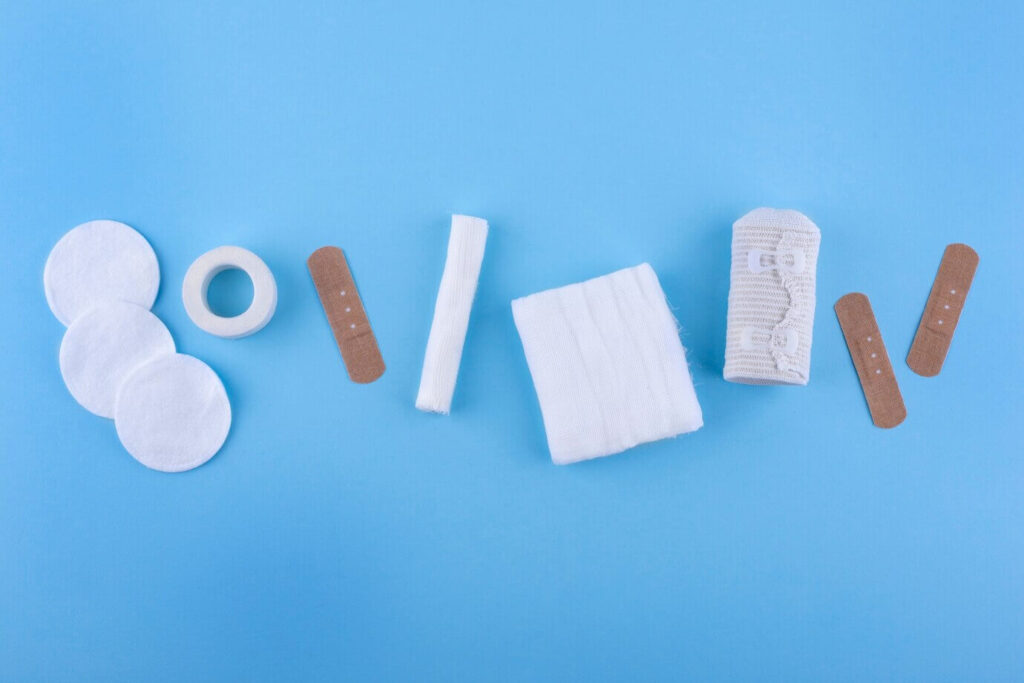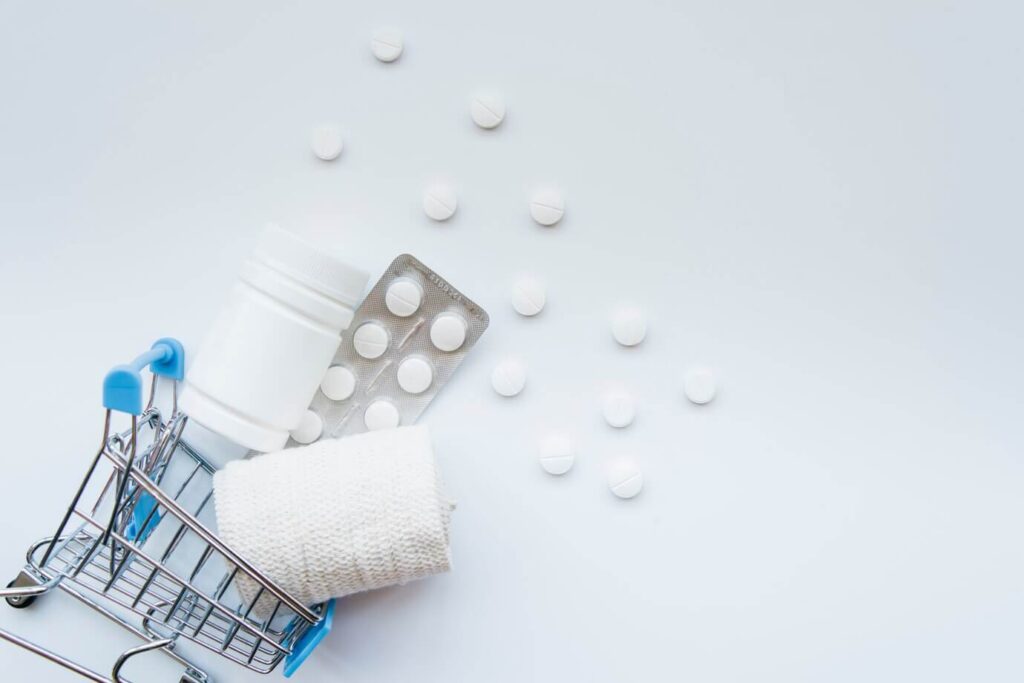Most of the wounds are minor and heal on their own. But some needs stitches to heal. A doctor must determine whether your wound needs to be closed. Infection is more likely to occur if the wound is left open for a long period of time. Within 6 to 8 hours of the injury, wounds that require closure should be stitched, stapled, or closed with skin adhesives (also called liquid stitches). Depending on the severity of the injury, some wounds can be closed within 24 hours of being injured.
Stitches are required for the wound to heal and reduce bleeding and infection. Call Specialty Care Clinics if it bleeds excessively, and the bleeding doesn’t stop after 10 minutes. It occurs in combination with any emergency symptoms, including extreme pain, rapid breathing or difficulty breathing, nausea, dizziness, or unconsciousness. Or when the throat or the eyes are hurt. Visit us for prompt treatment.
WHEN DO YOU NEED STITCHES?
- Seek medical attention if the wound size is bigger than ½ inch and deeper than ¼ inch. And if it is bleeding excessively, stitches are required.
- Due to their location, some cuts take longer to heal such as cuts on the face, around the eyes, hands, or genital area. The movement of your body will keep certain cuts open, needing stitches. Stitches will probably be required to hold the wound closed and promote healing if it is over a joint.
- Most of the time, bleeding stops after 10 to 15 minutes. If it doesn’t, it means you will require stitches.
- You will require stitches for your cut to heal correctly if it is deep enough that you can see different types of tissues, such as fat, muscle, or bone. Seek immediate care if you are unable to see anything due to blood.
- Sharp things can make a wound messier and more prone to infection. If one of the following caused your wound, you’ll probably require more medical care, including stitches:
- A rusty tool
- Animal scratch or bite
- Broken glass
You might also require tetanus prevention or rabies treatment medication.
- If direct pressure doesn’t stop bleeding, you might need stitches.
- Stitches will work if the skin is unable to remain intact.
- Increasing swelling and redness can be a sign of infection. And may require stitches.

Contact Specialty Care Clinics if you have the following symptoms-
- High fever
- Red lines near the wound
- Skin becomes sorer or redder
- The wound is swollen and oozing pus
- Feeling as though you could vomit
Your cut may not even require treatment if:
- As you move, the cut’s clean edges stay together.
- The wound is not deep
- It is a puncture wound- punctured wounds are smaller and closing the wound raises the danger of sealing infection-causing bacteria that can grow within since they are more difficult to clean.
PRIOR TO VISITING THE DOCTOR
- If any object is struck in the skin or wound, don’t remove it as it may result in severe bleeding. However, if the piercing object is little and simple to remove, do so.
- You might have to wait longer for treatment if you’ve eaten or drunk anything.
- Apply pressure by using a clean bandage and raise the injured area above the heart to stop bleeding. If the bleeding doesn’t stop, simply place another one on top of it.
- Clean the wound, if you can. Avoid using iodine and hydrogen peroxide, each may worsen your wound.
- Wash your hands with soap.
- Using soap and water, clean the wound (if possible).
- Pat dry with a towel, avoid cotton as it may stick to the wound.
- Put some antibiotic cream on.
- Apply a clean bandage.
CARE AFTER STITCHES
Absorbable sutures may take a week or two to dissolve. If you have dissolvable sutures, it may take 3 to 14 days depending on the condition of the wound. To get these stitches removed, you must go back to the hospital or clinic.
Immediately visit your doctor if your wound shows signs of infection such as redness, pus draining from injury, or when you touch your wound and it feels warm. You require medical care right away if your stitches come undone before it’s time to get them taken out.

HOW LATE CAN YOU GET STITCHES?
Getting stitches as soon as possible is preferable. When you get stitches, your body immediately begins the healing process; if you wait too long, healing will be more difficult. Infection risk is also increased when a wound is left untreated for too long.
DO STITCHES HAVE ANY SUBSTITUTE?
Skin glue and Steri-Strips are other options for small cuts. A thorough cleaning and rinsing of the wound are still necessary. However, since the glue is easy to apply, your doctor can avoid giving numbing medications by injection. Steri-Strips work similarly.
In an emergency room or urgent care situation, skin staples can be used as an alternative to stitches. They basically function in the same way as stitches, but they are tougher and can be beneficial for areas with thicker skin, like the scalp. Additionally, they can be used to cure very long cuts.
WHAT HAPPENS IF I DON’T GET STITCHES WHEN I NEED THEM?
- Risk of infection increases– Placing stitches after 6 to 8 hours may actually increase the risk of infection because the bacteria that typically reside on our skin or other germs found in the environment may begin to grow in the wound. Closing a wound that has become infected with bacteria increases your risk of developing an abscess by trapping the bacteria inside the wound.
- Longer recovery time- If larger wounds aren’t treated with stitches, staples, or glue, healing takes a longer time.
- Scarring– Unstitched cuts that are allowed to heal naturally leave more noticeable scars.
Specialty Care Clinics offers easy-to-book appointments, dial 469-545-9983. We are there whenever you need us.
